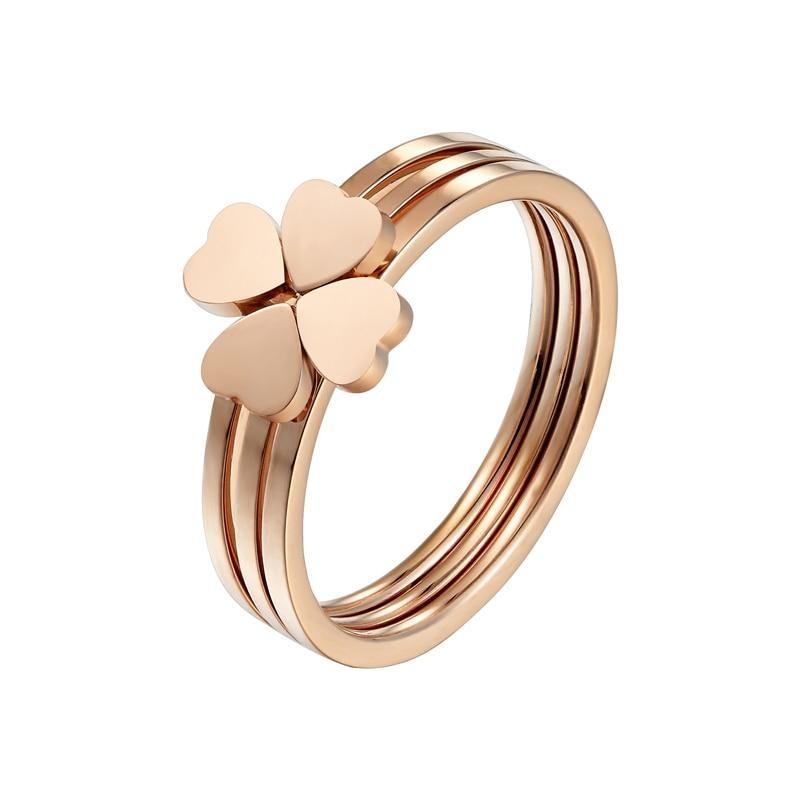The Irish good luck charm: an ancient and still powerful tradition
The Irish lucky charm is a simply fascinating subject. Ireland is a romantic country filled with cozy pubs, good-natured men, vibrant traditional music and beautiful emerald moors.
By the way, have you ever heard the expression “ lucky Irish ”? For a nation that experienced Viking raiding, famine and British oppression, it may seem somewhat... surprising.
And yet, in the collective imagination, Ireland is still seen as a green land full of four-leaf clovers, gold coins, and other Irish lucky charms.
Around the world, Irish lucky charms are considered particularly effective. With each of them come legends and folktales that sometimes date back hundreds (or even thousands) of years.
Known for its magic and enchantment, Irish culture is filled with stories of leprechauns and other fabulous leprechauns. All these traditions actually come from the ancestors of the Irish: the famous Celts. Thanks to the Druids who knew how to ensure transmission, popular legends were able to reach us. Thus, many Irish lucky charms are marked by this heritage.
In short, the Irish are truly lucky. ..lucky to have a country with such an illustrious history and legendary culture. Many people are jealous of them for that.
The particular qualities of the Irish have made them a synonym of good luck for many people around the world, and rightly so!
The clover is a great Irish good luck charm... and the country's national flower.
In all likelihood, it was the ancient Celtic Druids who were the first to use clover in Ireland. Whether we are talking about rites, ceremonies, potions or balms, it is true that the ancestors of the Irish already used lucky clovers.
The local word for this plant ( shamrock ) actually comes from the Gaelic roots “seamair” and “óg” which mean clover and small respectively.
Originally, it seems that this Irish lucky charm was not only used for its “practical” properties and effects, but also for more spiritual reasons.
The shamrock was in fact associated with the Irish goddess Dana, of whom it is one of the many emblems.
Despite this pagan origin linked to the roots of Ireland, the Christian religion was able to incorporate it and give meaning to this national symbol.
It is said in Irish folklore that the shamrock represents the Trinity (each of the leaves being associated with the Father, the Son or the Holy Spirit). When the plant is lucky enough to have a fourth leaf, this is also linked to grace and redemption.
Thus, whether they have remained faithful to the beliefs of their ancestors, whether they practice Christianity assiduously or even whether they only seek to follow the traditions of their country, most inhabitants will be able to identify with this great Irish lucky charm.
All the objects in this collection dedicated to clover should therefore please lovers of Ireland of all kinds.
The leprechaun: a mythical and mysterious creature
Few people know it, but most of the elves in our tales and legends actually come from the Irish leprechaun.
Derived from the word “ luchorpan ” (which literally means “small being”), these creatures are most often distant, or even downright hostile, towards humans.
Living alone in the green wilderness of Ireland, they hide underground as soon as a human shows up.
Be careful, this is not necessarily because they hate us, no. The leprechauns actually have a great treasure to protect: their famous pot filled with gold.
The most precious asset that they possess, and which they therefore guard jealously, legend has it that they would be obliged to give them up to anyone who found them under penalty of terrible curses.
The clever leprechauns have decided to hide their jackpot where no one is likely to find them: at the feet of the rainbows.
Yes, try to rewind one and you will see: rainbows actually have no end and grow eternally as we follow them.
Regardless, the figure of the leprechaun has been deeply ingrained in Irish culture for centuries now, making it an important subject of legends, traditions... and good luck charms!
Saint Patrick, the great patron saint of Ireland
The most famous Irish holiday is undoubtedly Saint Patrick's Day.
Celebrated to celebrate the death of the eponymous saint, every March 17, Irish people around the world parade through the streets, have fun and drink their famous beer.
These celebrations have also gone far beyond the borders of Ireland, Saint Patrick's Day being one of the most popular holidays in the United States.
Green clothes, shamrocks, multi-liter mugs, elves and young women parading on decorated floats: Irish lucky charms are present everywhere on this festive day.
When we seek to understand why we honor this particular saint and not another, we quickly see the importance that this man may have had in the history of Ireland.
From a young age, this man decided to study the Christian faith to become a priest and help his community. In a world with a pagan majority, and where the Irish were still extremely attached to the traditions of their elders, this still required a lot of courage.
In short, through his hard work, his intelligence, his manifest benevolence and divine grace, he converted an impressive number of his contemporaries, thus bringing Ireland into the Church and forever changing its history.
Since then, the culture of this beautiful European country has been steeped in history and myths about this great man, creating the image we have of Saint Patrick today.










